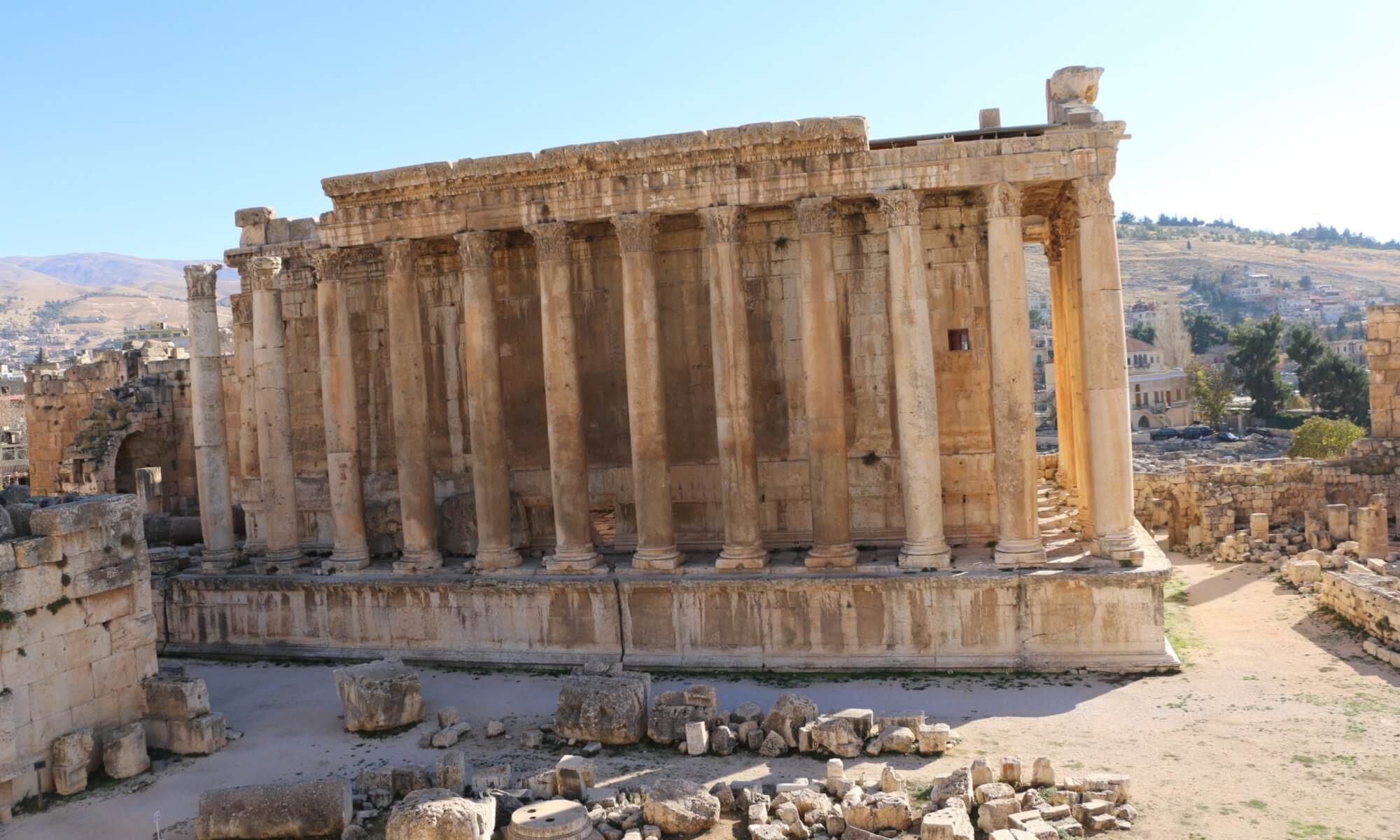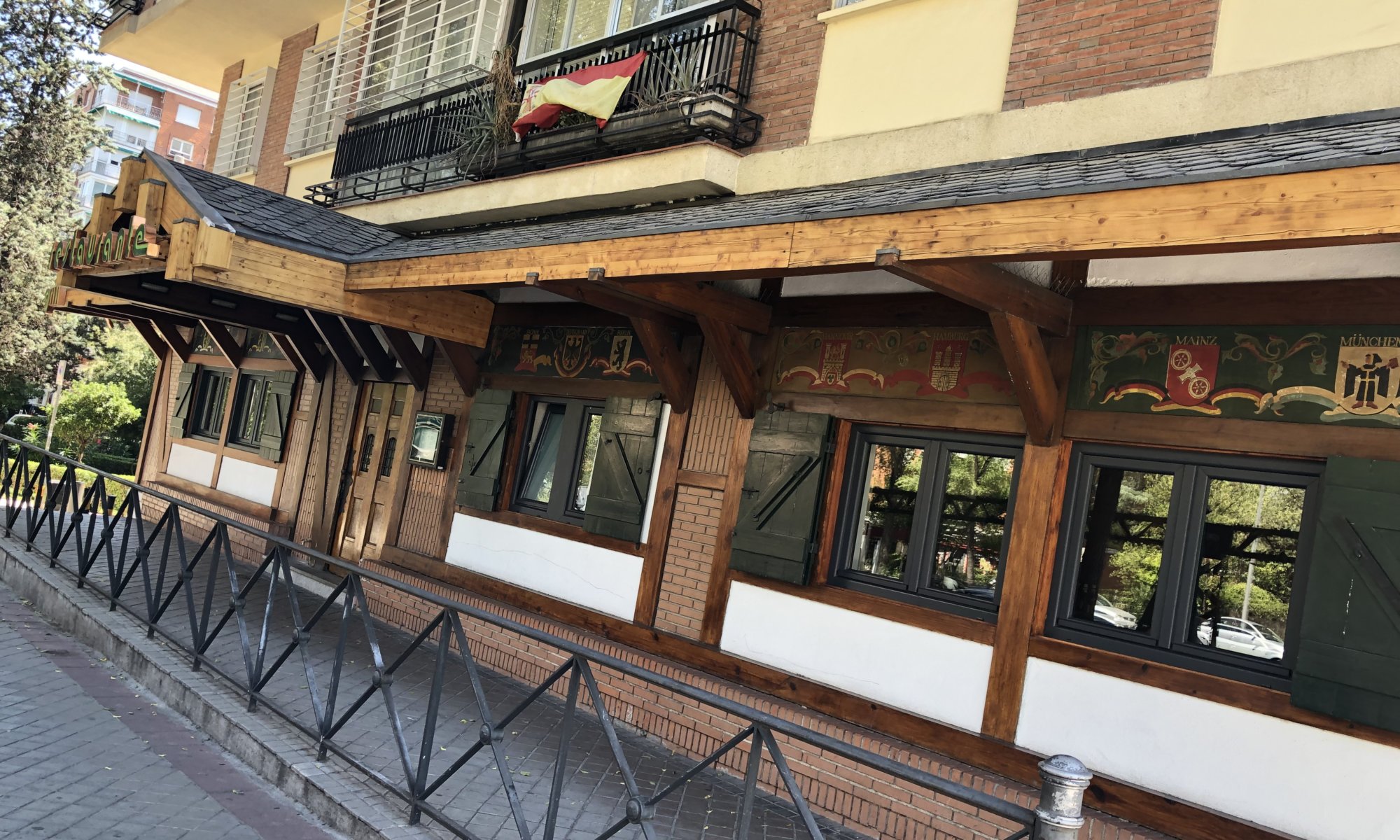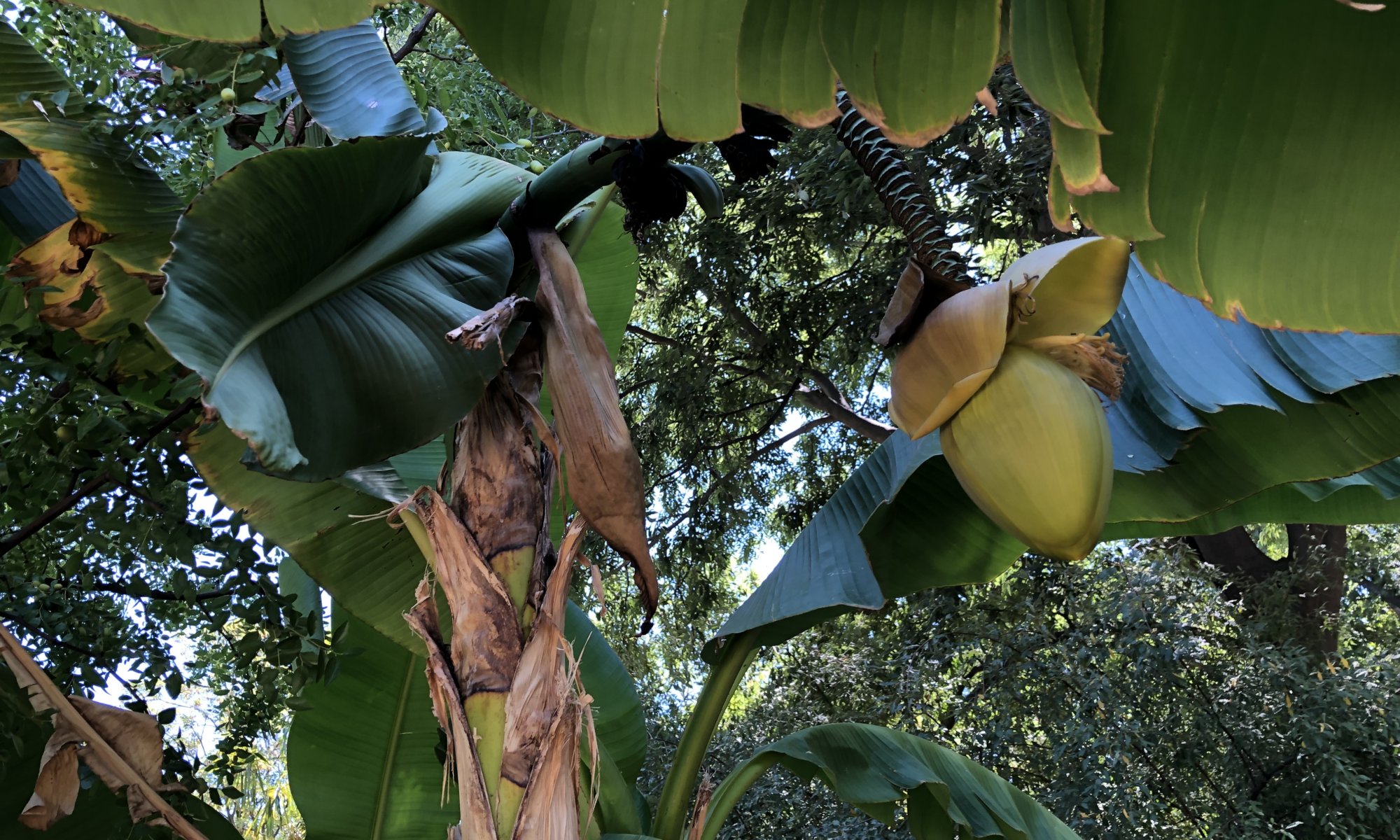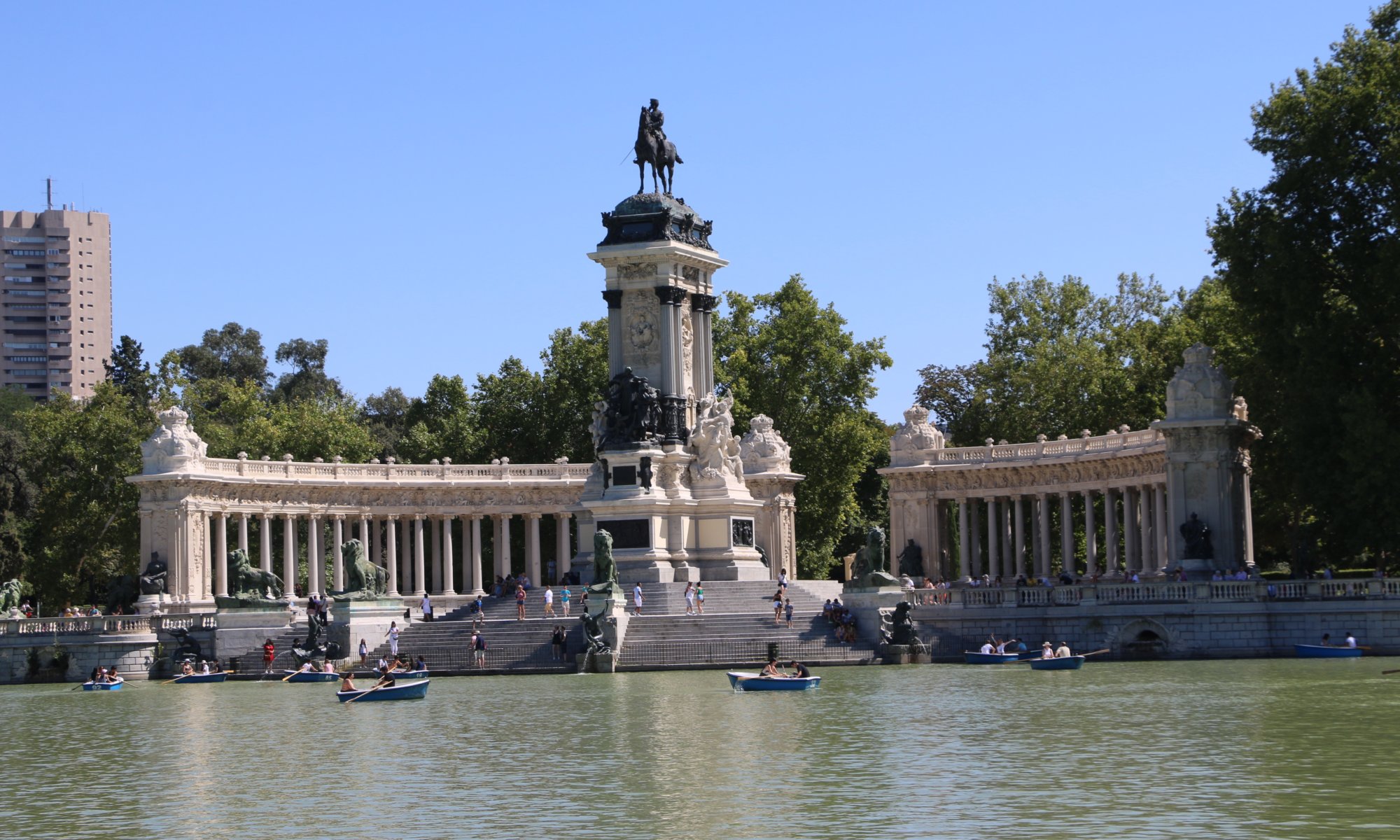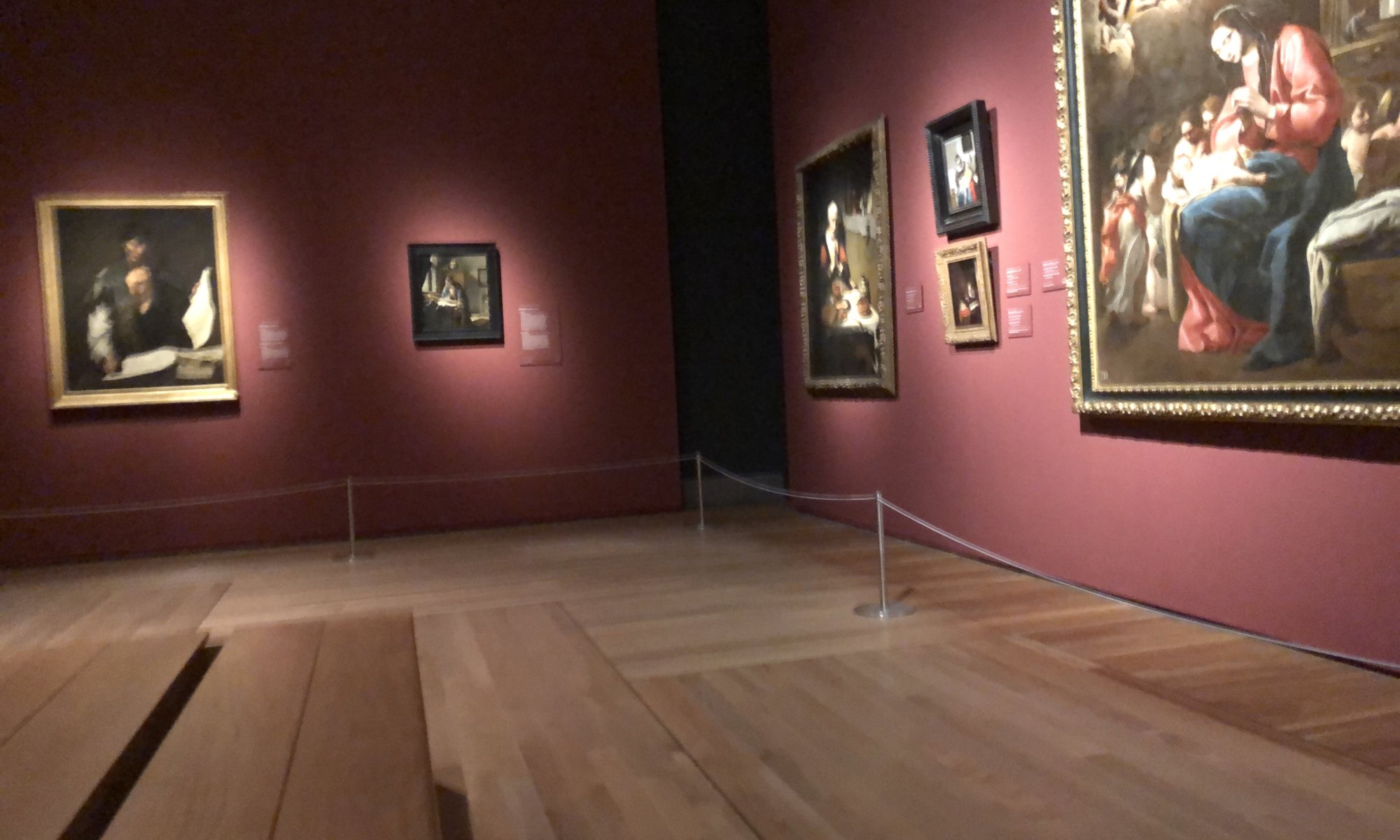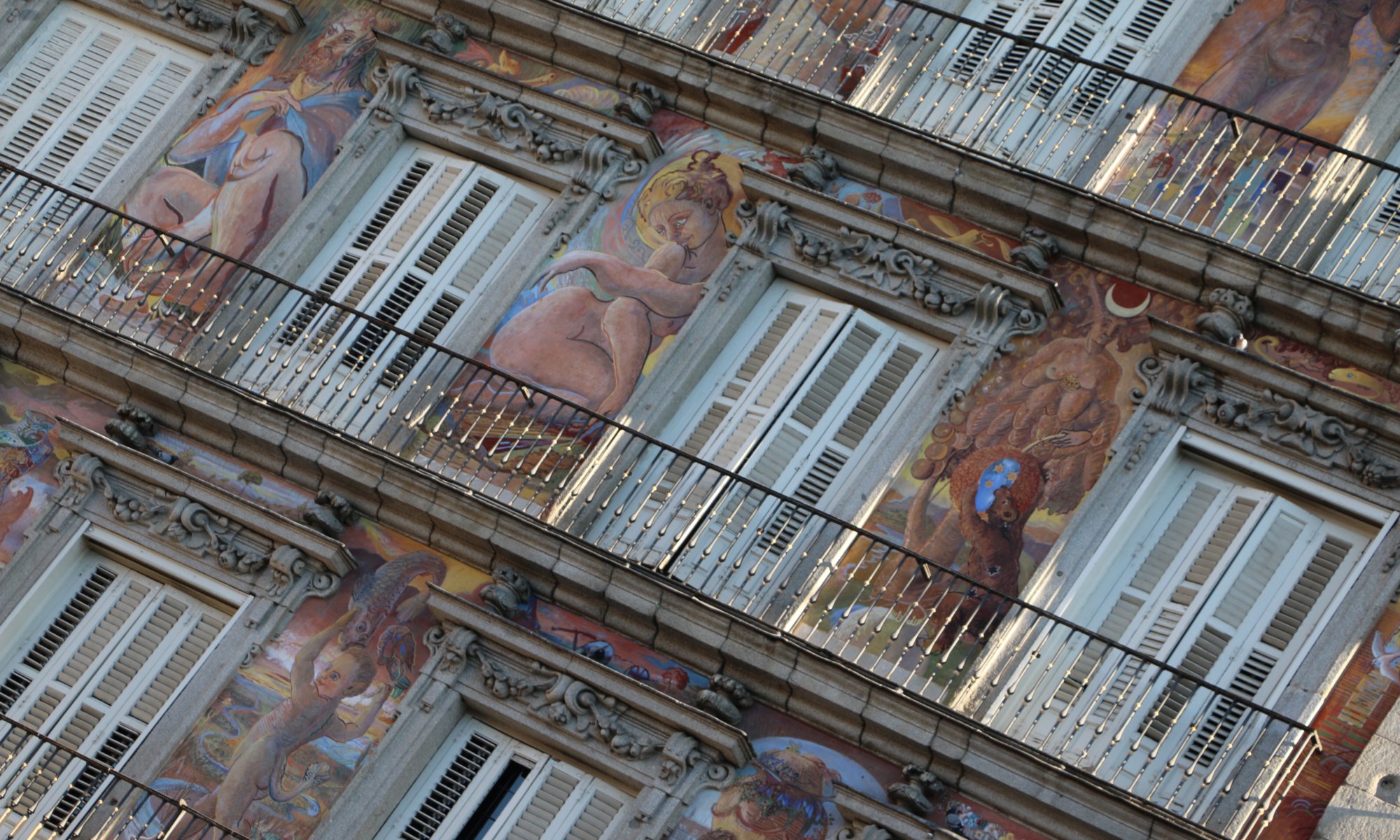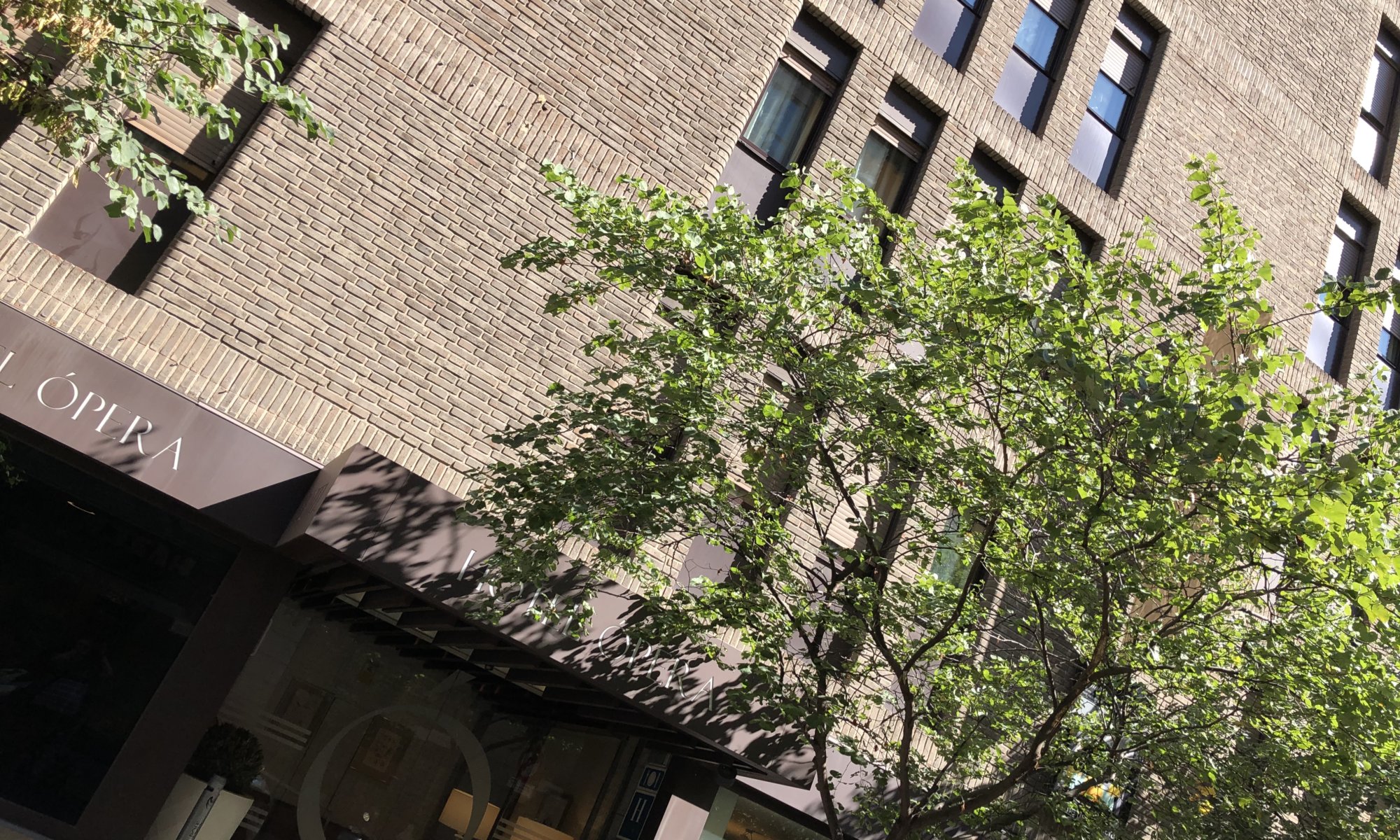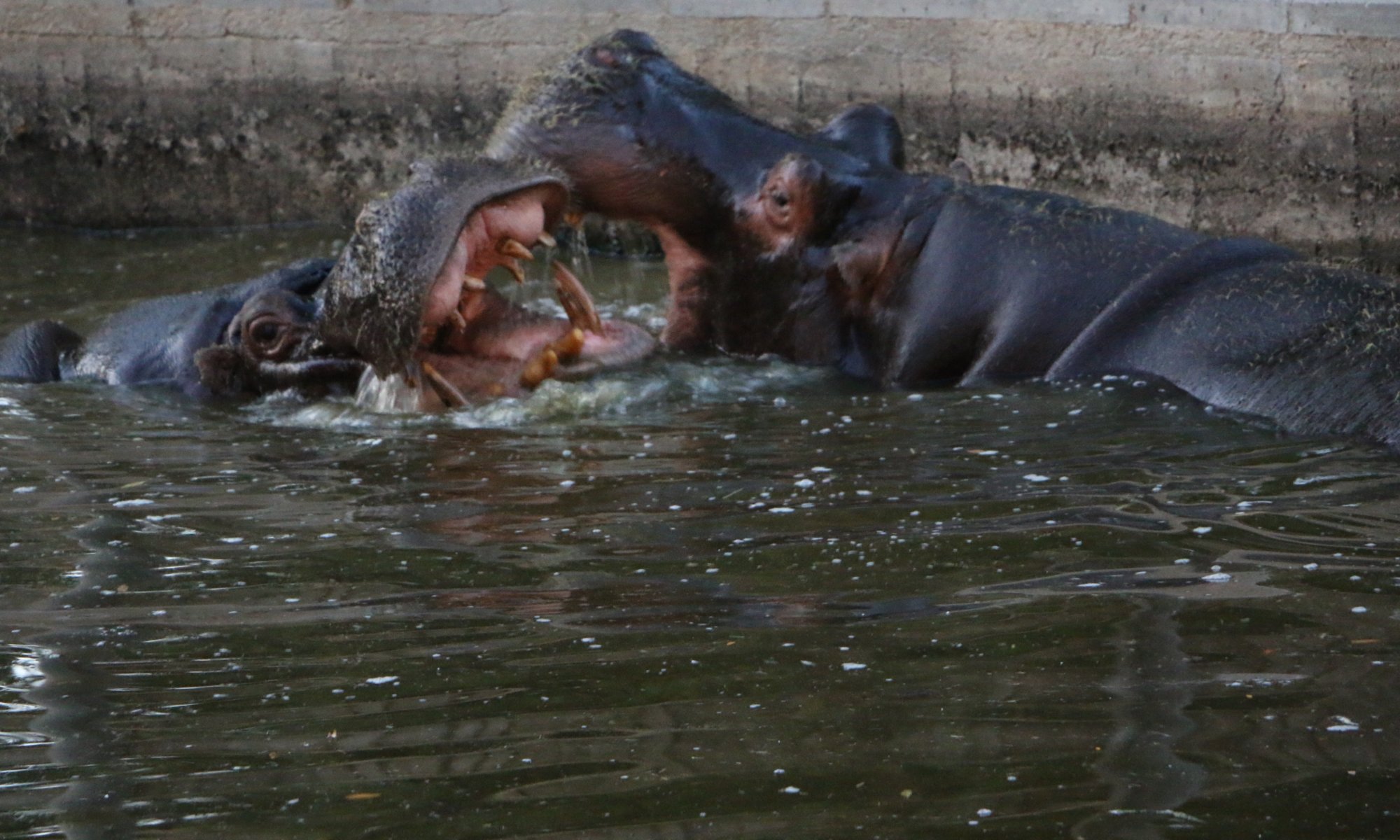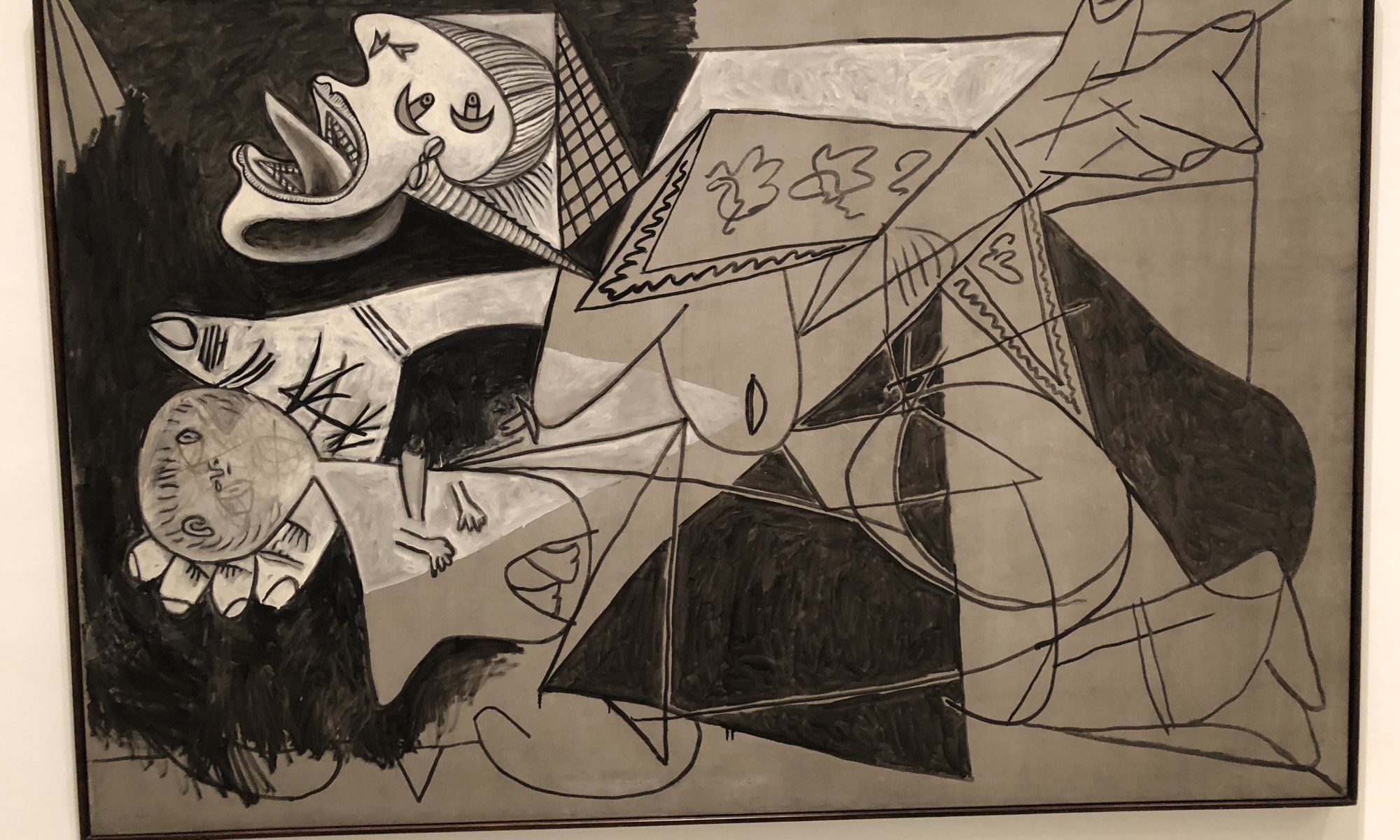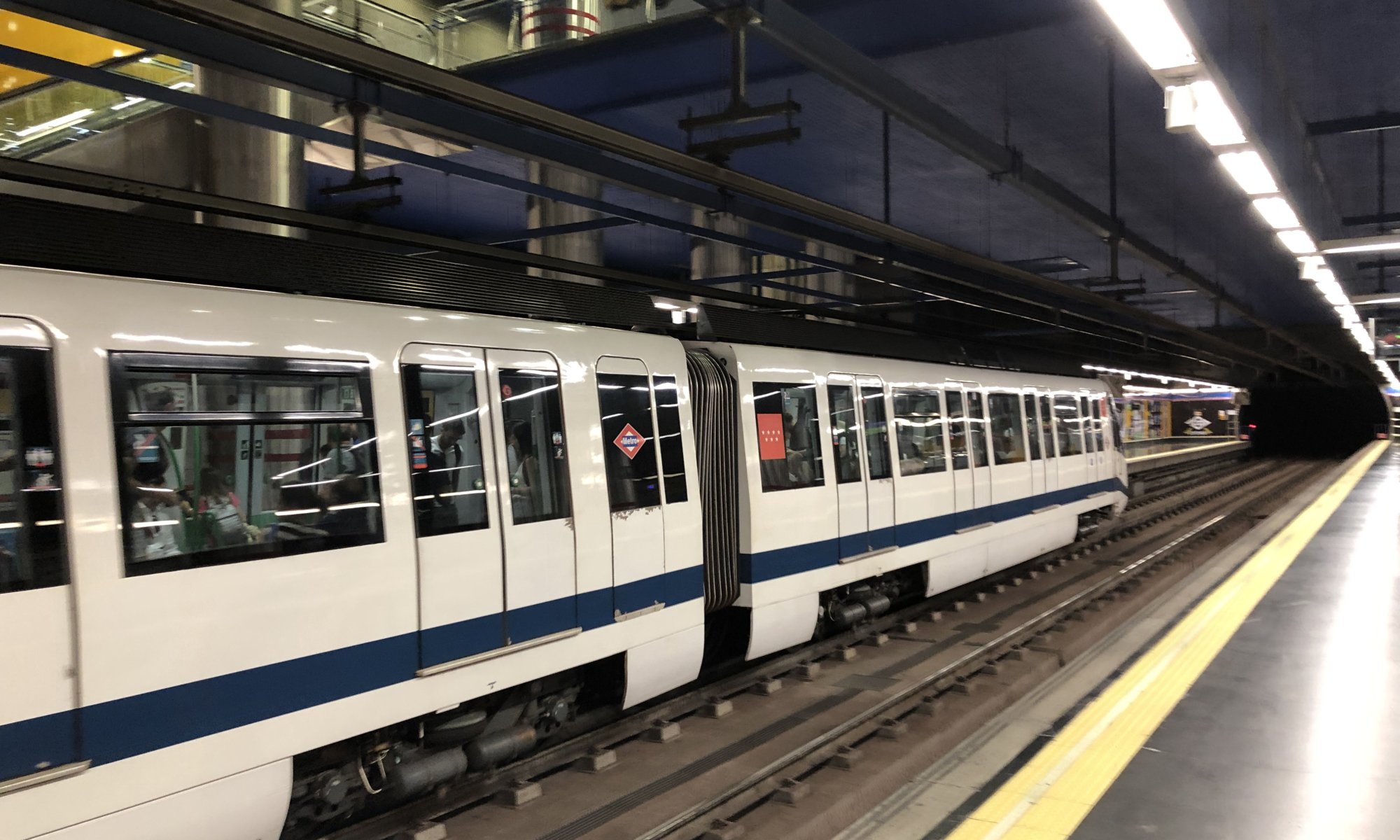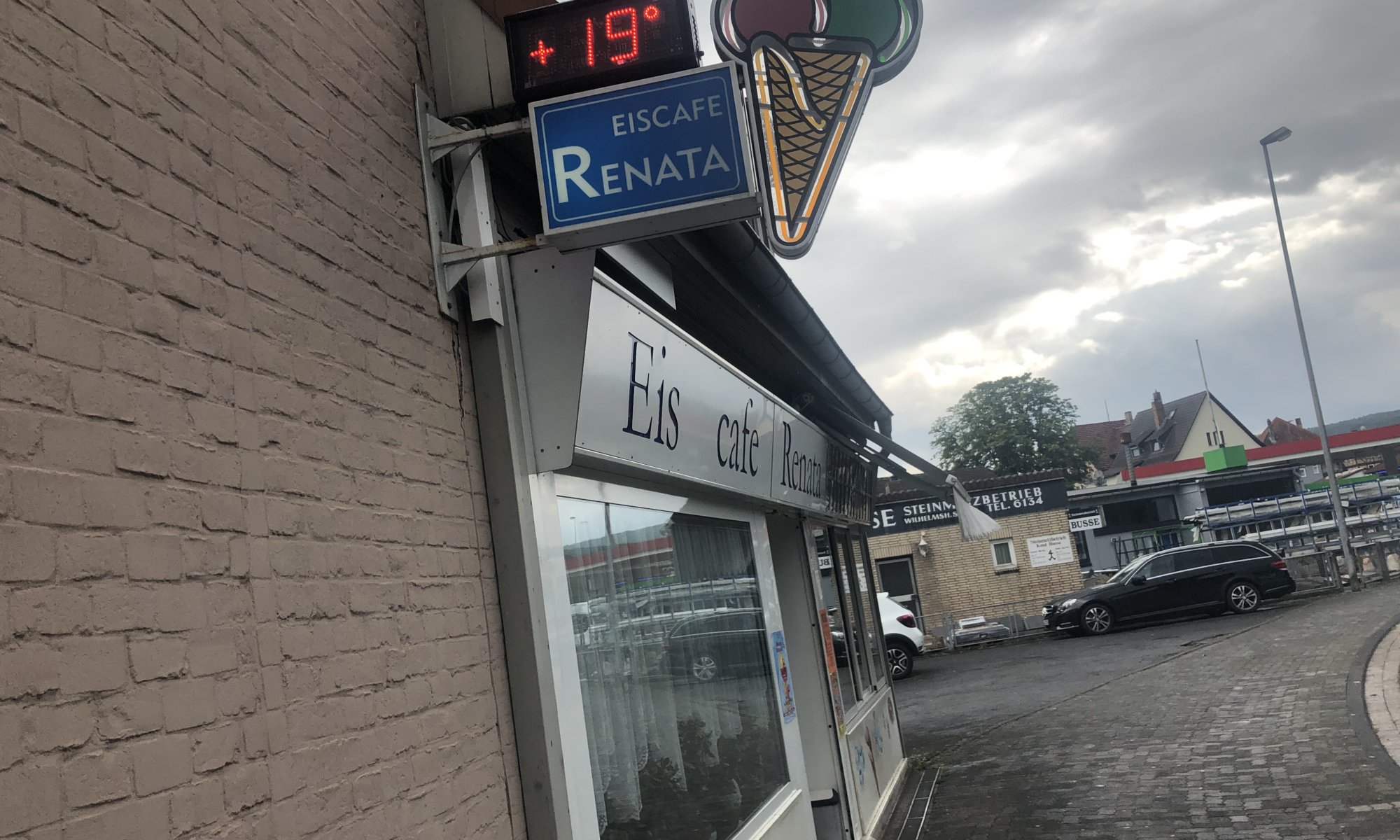What Germans abroad seem to miss most is typical German bread. In Madrid, Spain that is no problem as someone decided to supply the German community with everything it needs and opened a German bakery, a German grocery and a restaurant with German food – the Fass. And they also organize ‘typical’ German beer parties for the Spanish to give them the Oktoberfest feeling.
Continue reading “Fass”Real Jardín Botánico
The botanical garden of Madrid, Spain is a special one. It consists of three terraces with flower beds that form exact geometrical shapes. The Real Jardín Botánico is rather a landscape garden with numerous flowers and trees inside. It was founded in 1755 outside of the city and then moved in 1781 to its current location next to the Museo del Prado. The garden contains 5000 trees and plants from all over the world.
Continue reading “Real Jardín Botánico”Retiro
If you had enough hustle and bustle in the city of Madrid, Spain than the Parque del Retiro might be your ideal safe haven. And that is what Retiro means: retreat. It is a giant park close to the city center and it was originally a garden for the royal family. After the end of the reign of Isabell II in 1868 it became a park for the people which is still today – on weekends complete families get here to relax. Most iconic is the artificial lake Estanque del Retiro on which you can row a boat.
Continue reading “Retiro”Museo del Prado
If you love art you need to go once in a lifetime to the Museo del Prado at Madrid, Spain. It is a giant temple of art, one of the most important art museums in the world and it was opened in 1819 because Ferdinand VII of Spain wanted to have an art gallery like the Louvre. And like I got lost in the museum at Paris, France I got lost at the Prado. After some hours the art buffer in your brain flows over and you’re still not even close to have seen everything. It’s better to be well prepared and to focus on the most important works.
Continue reading “Museo del Prado”Plaza Mayor
The Plaza Mayor is a very special place at Madrid, Spain but quite typical for a Spanish city: a rectangular space with the same four-level buildings on all sides and various gates – formerly used as a market square. In the center there is a statue of Philip III from the House of Habsburg. I enjoyed especially the paintings on one of the buildings, the Casa de la Panadería – but they are pretty young and were painted only in 1992.
Continue reading “Plaza Mayor”Hotel Ópera
If you like to stay in the city center near the interesting places of Madrid, Spain then the Hotel Ópera might be an option. It is located directly next to the opera and is therefore only few meters away from the Palacio Real and the beautiful garden in front of it. The hotel is labeled as a four star hotel but feels rather like three stars – but that is okay, the fourth star is for location.
Continue reading “Hotel Ópera”Latenight zoo
Going to the zoo at Madrid, Spain can be a special experience. While zoological gardens most often close in the late afternoon this one is open at least until 8:30pm, three times a week it is open until midnight. That’s because of the high temperatures that make a visit during daytime less nice. Therefore you can have a visit in the dark, see animals in slightly enlighted environments and have a very late dinner there.
Continue reading “Latenight zoo”Guernica
The Museo Nacional Centro de Arte Reina Sofía is a fantastic art museum at Madrid, Spain. It resides in two interconnected buildings close to the Plaza del Emperador Carlos V and the metro stop Estación del Arte. The older building has a wonderful inner courtyard with trees and sculptures, the new building includes a wonderful roofed terrace with good views on the city. The museum itself is like a labyrinth: you can walk in it for ours, get lost and continuous discover new sections with interesting artworks.
Continue reading “Guernica”Metro
Using public transport in Madrid, Spain is hassle-free. It is so simple that it even might not be worth writing an article about. When you reach the metro station at the airport you’ll find vending machines where you can get a smartcard and load tickets for a definite number of trips or days onto it. For tourists there is also a small office where you can buy your ticket from humans.
Continue reading “Metro”Eiscafé Renata
People coming to Hann. Münden, Germany often search for good ice cream in the city center and of course there are some good options in the pedestrian zone. But the expert knows that you get the best ice cream somewhere else: in Neumünden, at the Eiscafé Renata. It is no shiny new ice cream parlor with freaky variations, the location is not the best and inside the time seems to have stopped long ago.
Continue reading “Eiscafé Renata”